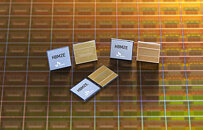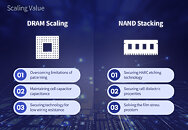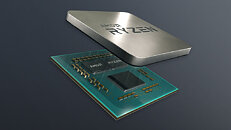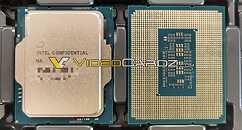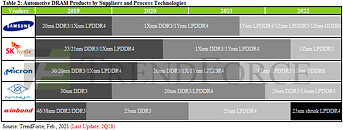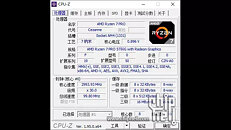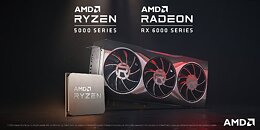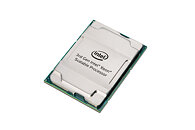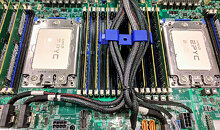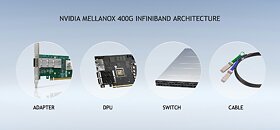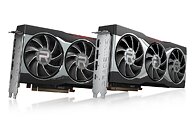
NVIDIA Announces New DGX SuperPOD, the First Cloud-Native, Multi-Tenant Supercomputer, Opening World of AI to Enterprise
NVIDIA today unveiled the world's first cloud-native, multi-tenant AI supercomputer—the next-generation NVIDIA DGX SuperPOD featuring NVIDIA BlueField -2 DPUs. Fortifying the DGX SuperPOD with BlueField-2 DPUs—data processing units that offload, accelerate and isolate users' data—provides customers with secure connections to their AI infrastructure.
The company also announced NVIDIA Base Command, which enables multiple users and IT teams to securely access, share and operate their DGX SuperPOD infrastructure. Base Command coordinates AI training and operations on DGX SuperPOD infrastructure to enable the work of teams of data scientists and developers located around the globe.
The company also announced NVIDIA Base Command, which enables multiple users and IT teams to securely access, share and operate their DGX SuperPOD infrastructure. Base Command coordinates AI training and operations on DGX SuperPOD infrastructure to enable the work of teams of data scientists and developers located around the globe.







